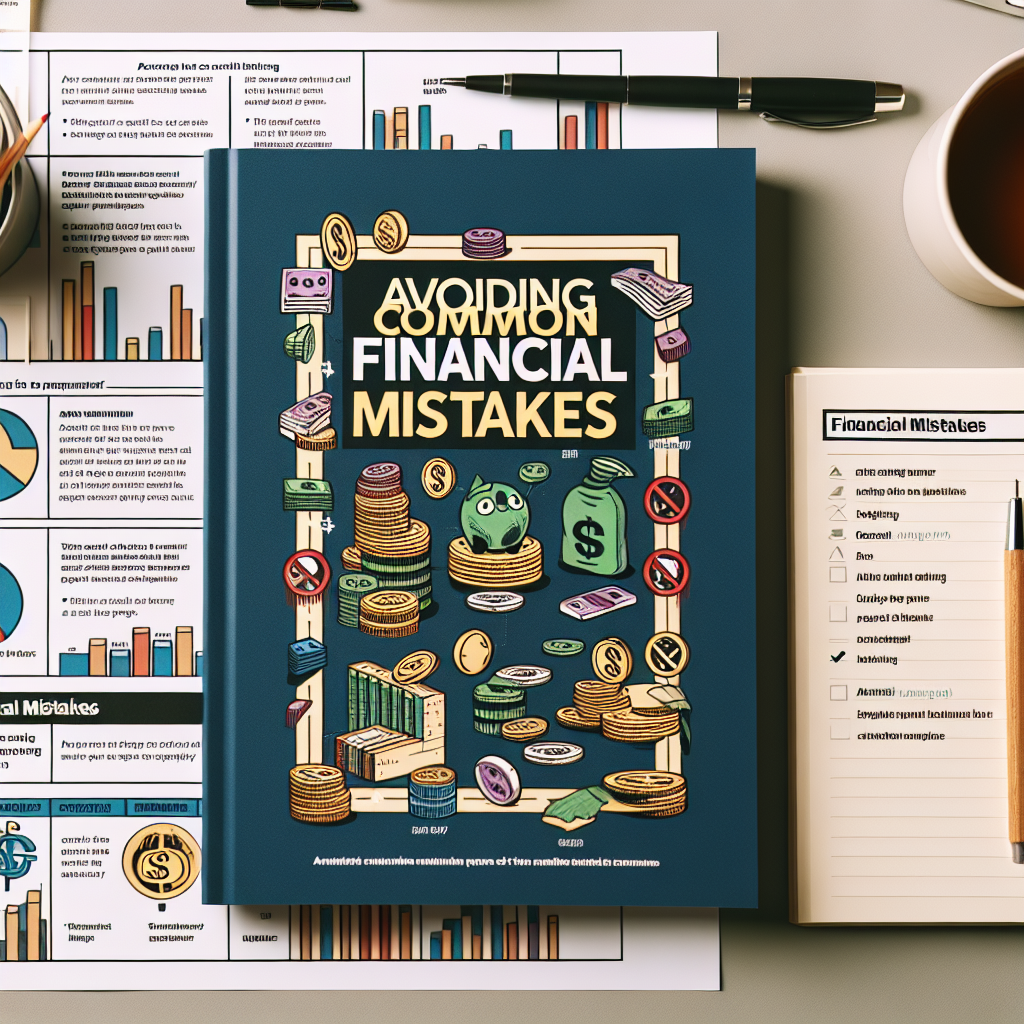
S&P 500 Hits Record High as Investors Bet on AI Boom
The S&P 500 has reached an all-time high, driven by growing investor confidence in artificial intelligence (AI) and its potential to revolutionize industries. The stock market rally is fueled by strong earnings reports from tech giants, increased adoption of AI technologies, and expectations of continued innovation in the sector.
AI has quickly become one of the most significant trends in the global economy, reshaping industries such as healthcare, finance, manufacturing, and consumer services. With companies investing heavily in AI research and development, investors are betting on long-term growth and profitability, pushing the S&P 500 to new heights.
AI as a Market Catalyst
Over the past few years, AI has transitioned from a futuristic concept to a core component of many businesses. Companies are leveraging AI for automation, data analysis, customer service, and product innovation, leading to increased efficiency and profitability.
Several key factors have contributed to the AI-driven stock market boom:
- Tech Giants Leading the Charge
Companies such as Nvidia, Microsoft, Alphabet (Google), Meta (Facebook), and Amazon have significantly increased their AI investments. Nvidia, a leader in AI-powered chips, has seen its stock soar as demand for its technology surges. Microsoft’s AI integration into its cloud computing services and productivity tools has also fueled investor optimism. - Record-High AI Investments
Businesses across various sectors are pouring billions of dollars into AI research and development, aiming to improve efficiency and stay competitive. AI is being used to enhance decision-making, automate routine tasks, and create new revenue streams, making it an attractive investment opportunity. - AI Adoption Across Industries
The integration of AI in sectors such as healthcare (diagnostics and personalized medicine), finance (algorithmic trading and fraud detection), and retail (customer insights and automation) has reinforced the belief that AI will drive future economic growth. Companies that successfully incorporate AI into their operations are likely to see higher profit margins and increased market share.
S&P 500 Performance and Market Trends
The S&P 500 index, which tracks the 500 largest publicly traded companies in the U.S., has been on an upward trajectory, largely due to strong tech sector performance.
- AI stocks have outperformed traditional industries, attracting both institutional and retail investors.
- The technology sector now represents a significant portion of the S&P 500, with AI-related stocks driving much of its growth.
- Investor sentiment remains positive, with analysts forecasting continued strength in AI-driven companies.
The index’s record high suggests strong economic confidence, despite concerns about interest rates, inflation, and geopolitical tensions.
Economic Factors Supporting the Rally
While AI enthusiasm plays a major role, broader economic factors are also contributing to the market rally:
- Easing Inflation: Inflation rates have shown signs of slowing, reducing concerns about aggressive interest rate hikes by the Federal Reserve.
- Resilient Consumer Spending: Despite economic uncertainties, consumer spending remains strong, supporting corporate earnings.
- Stable Interest Rate Expectations: Investors believe the Fed may pause or slow down rate hikes, providing a more favorable environment for stocks.
Potential Risks and Market Volatility
While the AI-driven rally has been impressive, investors should remain cautious. Several risks could impact market stability:
- Regulatory Concerns
Governments worldwide are increasing scrutiny over AI technologies, particularly in areas such as data privacy, ethics, and job displacement. Stricter regulations could slow AI adoption and impact company valuations. - Market Corrections
The stock market is prone to periodic corrections. If AI stocks become overvalued, a sharp decline could occur, affecting the broader S&P 500. - Macroeconomic Uncertainties
Economic factors such as a potential recession, rising national debt, and geopolitical tensions could introduce volatility into the market. If economic conditions worsen, even strong AI-driven growth may not be enough to sustain stock prices.
Investor Strategies: How to Navigate the AI Boom
For investors looking to capitalize on the AI boom while minimizing risk, here are some key strategies:
- Diversification: Invest in a mix of AI-related and non-tech stocks to spread risk.
- Long-Term Perspective: AI is still evolving. Long-term investors may benefit from holding quality AI stocks despite short-term fluctuations.
- Stay Informed: Monitor earnings reports, AI adoption trends, and regulatory developments to make informed investment decisions.
- Risk Management: Set stop-loss limits and avoid overexposure to highly volatile AI stocks.
Conclusion
The S&P 500’s record high underscores investor confidence in AI and its transformative impact on the economy. With tech giants leading innovation and AI adoption expanding across industries, the market appears poised for continued growth.
However, potential risks such as regulatory challenges and macroeconomic uncertainties should not be ignored. Investors should adopt a balanced approach, leveraging AI-driven opportunities while managing risk effectively.
As AI continues to shape the future of business and technology, its influence on the stock market is only expected to grow, making it a critical factor for investors to watch.




